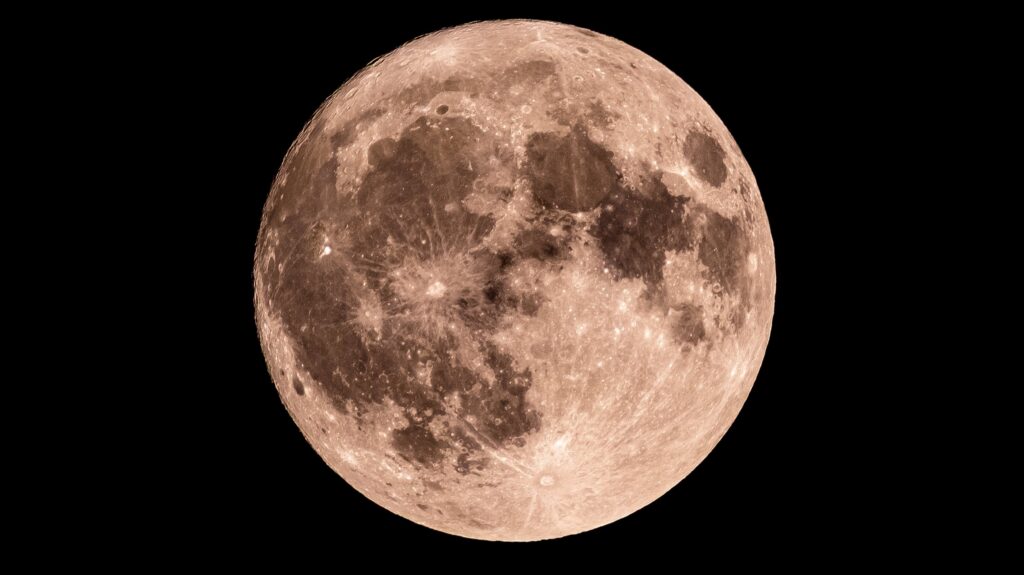
As of October 6, 2023, the moon is currently in the Waxing Gibbous phase, with an impressive 99% of its surface illuminated. This phase occurs just one day before the full moon, expected on October 7. The Waxing Gibbous marks a visually stunning period in the lunar cycle, which lasts approximately 29.5 days, according to data from NASA.
In optimal viewing conditions, stargazers can expect to see various lunar features with the naked eye. Notable visible landmarks include the Copernicus Crater, Mare Fecunditatis, and Mare Tranquillitatis. Those equipped with binoculars will be able to observe additional features such as the Apennine Mountains, Mare Nectaris, and the Gassendi Crater. For telescope users, the lunar landscape reveals even more detail, including the landing sites of the Apollo 15 and Apollo 17 missions and the Fra Mauro Highlands.
Understanding Lunar Phases
The moon’s phases are a result of its orbit around Earth, creating varying angles between the sun, moon, and Earth, which affect the amount of sunlight reflected on the moon’s surface. As a result, observers on Earth witness different phases, ranging from a full moon to a new moon, where the moon is entirely dark.
According to NASA, the eight main moon phases are as follows:
– **New Moon**: The moon is positioned between Earth and the sun, rendering it invisible.
– **Waxing Crescent**: A thin sliver of light appears on the right side.
– **First Quarter**: Half of the moon is illuminated on the right side, resembling a half-moon.
– **Waxing Gibbous**: More than half is lit, nearing fullness.
– **Full Moon**: The entire face of the moon is visible and illuminated.
– **Waning Gibbous**: The moon begins to lose light on the right side.
– **Last Quarter**: The left side is now lit, creating another half-moon.
– **Waning Crescent**: A thin sliver of light remains before the moon returns to darkness.
The upcoming full moon on October 7 will bring the lunar cycle back to its peak luminosity, providing an excellent opportunity for both casual observers and astronomy enthusiasts to enjoy the celestial display. With clear skies, tonight promises a captivating view of the moon’s gibbous form, leading into the full moon that will follow shortly.







